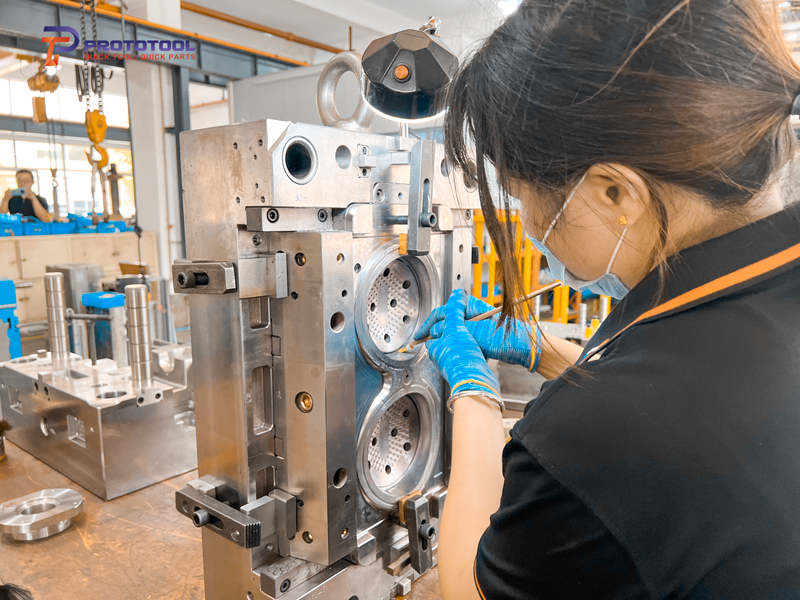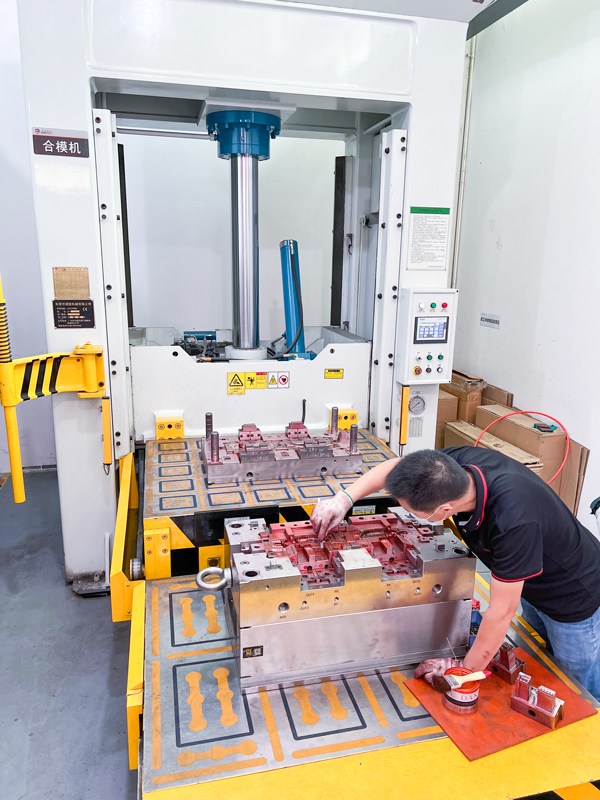ZHONGSHAN, China - Oct. 26, 2022 - PRLog -- The COVID-19 outbreak has increased demand for individual personal protection equipment. Plastic injection molding is one of the new solutions being developed and used increasingly due to additive technologies.
The pandemic crisis has demonstrated the need to have the right production tools on hand to react when the supply chain is hampered or disrupted. Instances of unanticipated crises, like COVID-19, have demonstrated that injection molding technology is a reliable production technique. In the early stages of the pandemic, when supply choices were constrained because of travel restrictions to combat the virus, it enabled the provision of the necessities for basic personal protection.
The cost of doing business in the injection molding sector has significantly grown throughout the COVID-19 epidemic. However, now that the epidemic is subsiding, producers of stretch blow molding machines are exhaling with relief.
Gartner predicts that 20% of significant international firms will have departments focusing on designing and using 3D printing by 2021. However, compared to more established manufacturing methods, like injection molding, there are substantial concerns about 3D printing procedures about the quality of the things produced, the noticeably high process failure rate, or the noticeably greater unit production time and cost.
Particularly in recent years, injection molding itself has come to be seen as a form of engineering art. The COVID-19 epidemic, like other upheavals, has increased the emphasis on productivity and compelled injection molding businesses to reevaluate how automation and digitalized technology may help people work smarter. Basic 3D printers compete with large injection molding machines for quick fixes and well-printed products. Additionally, 3D printing loses money when huge quantities of things need to be produced, even if the products' designs are extremely complex and hence expensive or time-consuming compared to the preparation of tools or molds. Other solutions, including injection molding, are preferable in such circumstances. Due to short production cycles—measured in seconds or minutes—large-scale and mass manufacturing has become more viable despite pricey equipment and machinery.
Two fundamental limiting conditions must be satisfied simultaneously or separately for the injection molding technology to compete with conventional manufacturing processes more effectively: the processing speed must be increased 6–10 times, and defects in the interlayer areas that result in poor object quality, problems with reproducibility, and mechanical failures must be reduced.
Injection molding companies like Prototool have adopted new tactics and procedures to stay on the sector's cutting edge and support its further expansion. Prototool provides highly professional and reliable services in Plastic Injection Molding, Rapid Prototyping, Low Volume Injection Molding, CNC Machining, and Mass Production with fast, economical tooling.
To learn more about their outstanding services, get in touch with them here.
Contact Details:
Email:sales@prototool.com
Website: https://prototool.com/
Media Contact
Ray Liu
sales@prototool.com
Photos: (Click photo to enlarge)



Read Full Story - The Increasing Trends of Plastic Injection Molding After the Hit of COVID-19 | More news from this source
Press release distribution by PRLog
The Increasing Trends of Plastic Injection Molding After the Hit of COVID-19
October 26, 2022 at 07:24 AM EDT
